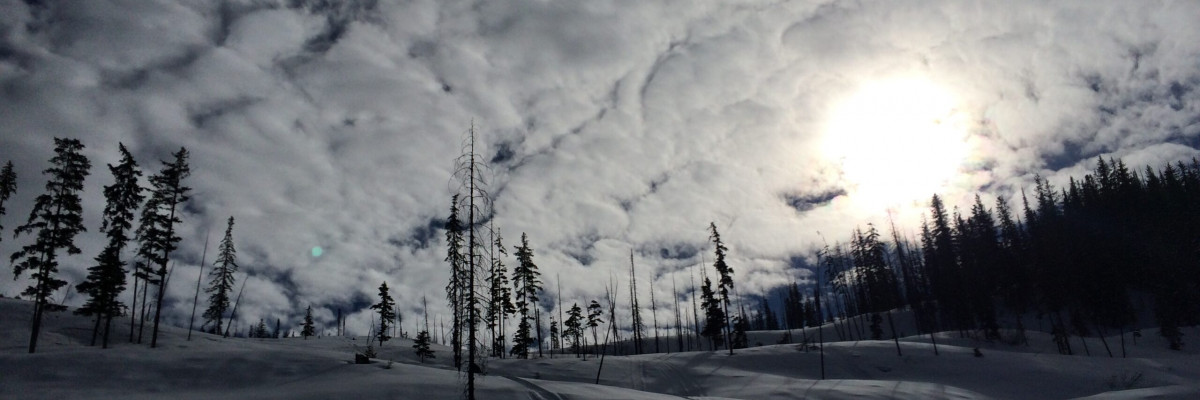Thank you western Montana!
We’re off to a great start already this year with a new budget allocation from the Forest Service for avalanche center operations, a Recreation Trails Program grant from MT Fish Wildlife and Parks and a very successful Pray For Snow benefit at Caras Park. The success of our mission is due in large part to the strong support all of you have shown the past few years.
We plan to add another day to our advisory program as well as continue to offer free avalanche education opportunities in area schools, the University of MT, businesses and other interested parties. We have also scheduled a Level 2 class with the American Avalanche Institute, and four Level 1 classes including a women only L1 cosponsored with Yurtski. These classes fill quickly so get registered early. Check our Education and Events page for details.
Travis Craft, Logan King and Brian Martens are attending the National Avalanche School in Snowbird UT later this month. This training will help qualify them as avalanche specialists/forecasters. Travis and Logan will be writing and posting our avalanche advisories this winter. Brian will again be coordinating avalanche safety programs for interested schools, university students and other groups.
If you are a teacher (or have a group interested in awareness training) contact us by sending a short email to [email protected] and Brian will work out the details with you. We don’t charge for these awareness programs but have limited resources so again, it is important to schedule early.
Donations go a long way toward helping us provide avalanche information and education so please consider a tax deductible donation. For details visit http://missoulaavalanche.org/donate/.
















